The private IP address 192.168.1.1 (also known as 192.168.ll) is the default IP address to access the administration panel of most home routers.
Access and Configure your router ip 192.168.1.1
IP 192.168.1.1 is the default IP address of most routers. To access your router settings, follow these steps:
- Connect your computer to the same network as the router.
- Open a web browser and type the IP “192.168.1.1” in the address bar adding http.
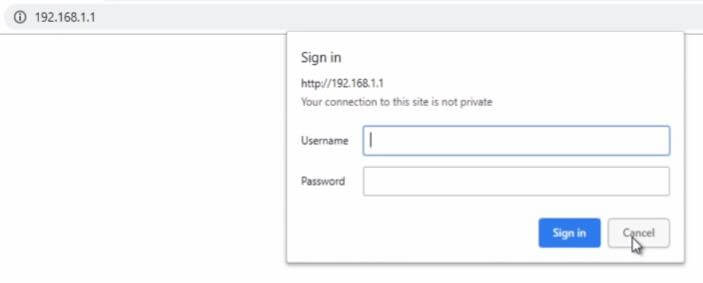 If requested, Enter the router username and password.
If requested, Enter the router username and password.- If you don’t know the username and password, check the router manual or device label for default passwords.
- Once you have accessed the router settings, you can modify your network settings.
Change the WiFi password on your Router
To change the WiFi password (not to be confused with the router administrator password) with the IP address 192 l.168.1.1, follow these simple steps:
- Open a web browser and write the IP 192.168.1.1 in the address bar.
- Enter the username and password to access the router configuration panel. (This information is usually printed on the router label)
- Look for the section of “WiFi password” or “Wireless security“.
- Enter the current password and the new password you want to use.
- Make sure the new password is strong:
- Must be at least 8 characters.
- It must include a combination of upper and lower case letters, numbers, and symbols.
- Save the changes and close the router configuration panel.
Find Router Default Password
The 192.168 1.1 passwords can be found through your router settings. This password is usually found in the administration panel of your router. However, if you can’t find it there, you can look in your router’s manual or check with the manufacturer for help.
- To find the default password, first look for the main router in your home.
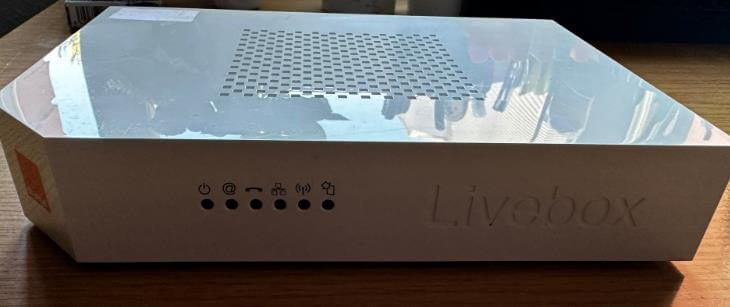
- Then turn it over, under the router you will find a sticker. In this sticker we can see the default password of the router.
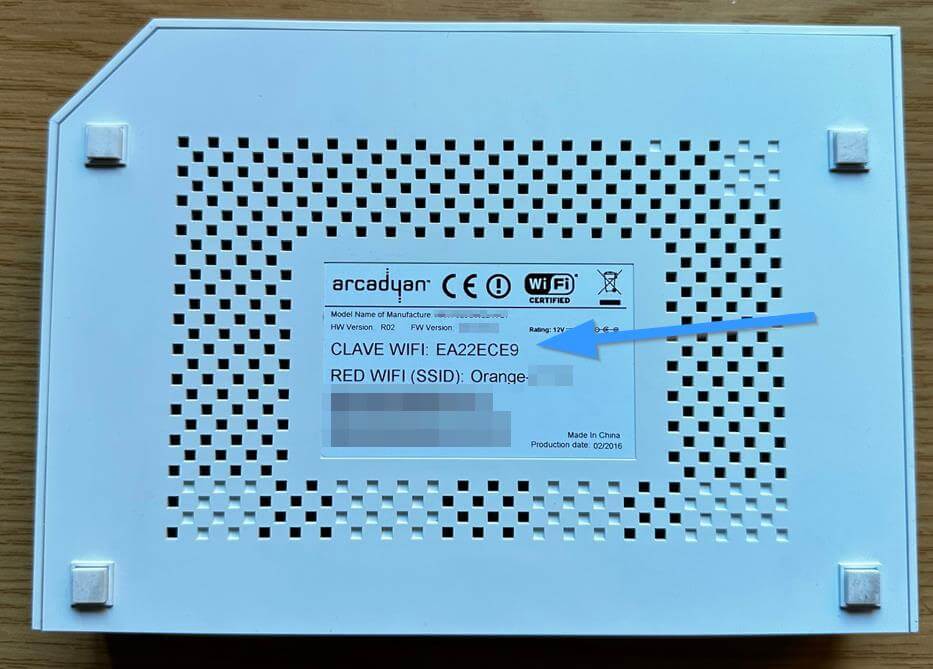
Then, once you know your username and password, we will indicate the steps to change the password and name of your Wi-Fi network.
Change the IP Address on Different Brands of Routers
The IP 192.168.1.1 is pre-assigned by the Internet Service Provider, but can be configured by the user. It is changed to add security, prevent attacks, or to customize it. Here we show you how to change it to keep your network more secure on some of the most popular router brands.
Change the IP Address on a TP-Link Router
- Login to your default admin panel at 192.168.0.1 or 192.168.1.1 (admin/admin is username and password)
- Go to Advanced Settings; Net; LAN.
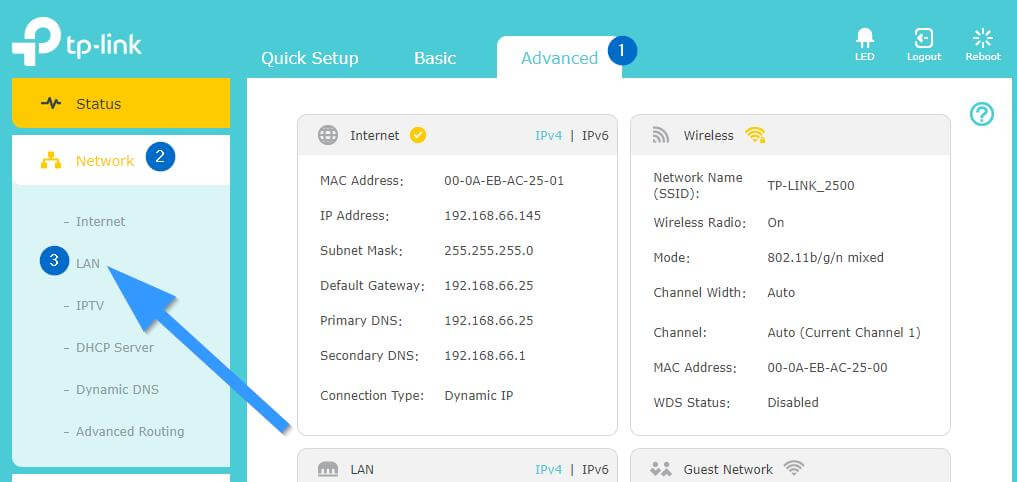
- In the field “IP Address” you can change it to the address you want, for example 192.168.1.2.
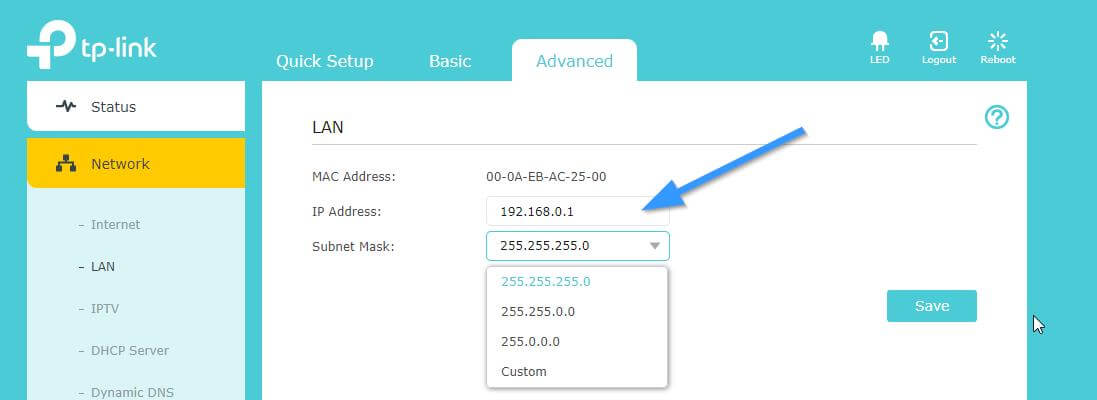
- Save it and the router will reboot to apply the changes.
Change the IP Address on a D-Link Router
- Access your router’s configuration page (username: admin & password: admin/blank)
- Go to Settings; Network settings.
- You will now find the router IP address field.

- Change it as you prefer and save the settings.
Change the IP Address on a Netgear Router
- Access the NetGear router configuration page through 192.168.1.1 or 192.168.0.1
- By default, the username is admin and the password is Password .
- Once connected, navigate to “Advanced”; from the left menu go to “Settings”; LAN configuration.
- Under LAN TCP/IP Settings, you will see IP Address. Change 10.10.10.1 as preferred.

- Apply the changes and the system will reboot to update the settings.
In any case, during the process something goes wrong, then you can reset your router to factory default settings so that all customization is reverted. 192.168.ll/admin
Protecting your WiFi network is important to prevent unauthorized access. Following the basic rules, such as enabling WPA2 encryption, setting a strong password, disabling WPS adds more security as it is an old method of synchronization between networks, enabling MAC address filtering, and updating your router’s firmware from time to time. Below is a complete guide on how to secure your WiFi network.